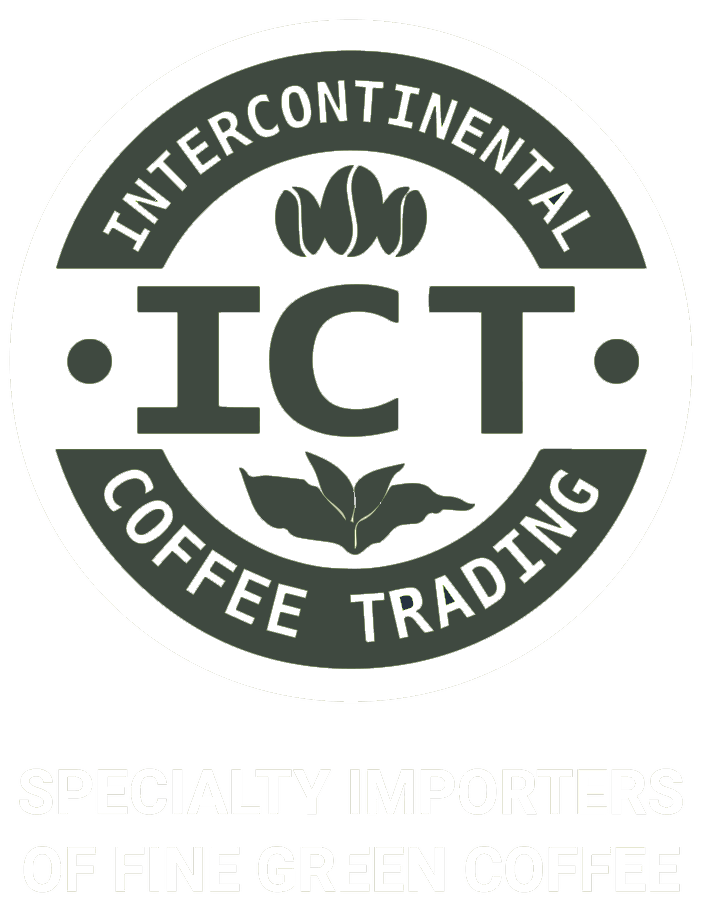As a wholesale green coffee bean supplier, your clients consider you the ultimate authority on every type of bean.
They rely on you to get ahead of market trends, turn them on to new roasts, and above all, to help them understand what separates coffees made in one region from another.
As more and more coffee companies are interested in capitalizing on the health benefits of green coffee beans, you’ve noticed that green coffee beans from South America have exploded in popularity recently.
You want to learn more about South American coffee beans, how flavors change from one country to another, and what kinds of tasting notes separate South American beans from others.
Read on to learn invaluable information about the best natural coffee beans in South America and get ready to share your new knowledge with your clients.
Brazilian Coffee Beans
Coffee beans first arrived in Brazil in the 18th century, when they were brought over by French explorers. Since 1840, Brazil has been the number-one producer of coffee beans in the world, responsible for a whopping 30% of the planet’s coffee supply.
Given its popularity, it shouldn’t come as a surprise that Brazil is known for producing beans that apply to the widest variety of pallets, especially when it comes to dark roasts and espresso.
You should expect a mellow flavor to these green coffee beans thanks in large part to their low acidity. Many report notes of bittersweet chocolate and nuts, as well.
Green coffee beans in Brazil are often dry processed, which means they are unwashed. This gives roasters a chance to make a roast from Brazilian beans that is all their own. However, washed process green beans are also available.
Due to the low elevation of the coffee fields, Brazilian green coffee beans don’t have the same intensity of flavor as those from other South American countries do. This is why dark roasts are so common on Brazilian beans.
They’re also an excellent option for clients who prioritize affordability.
Harvest periods last from May to September, and popular growing regions include Cerrado, Sul de Minas, Mata de Minas, and Mogiana.
Colombian Coffee Beans
If you’re looking for medium-bodied and rich natural coffee beans, then you’ll likely gravitate towards Colombian beans.
Though some consider Colombian coffee beans to be a bit too mild for their liking, they make the perfect base for countless blends.
You’ll also avoid a heavily fruity taste, and will notice instead notes of caramel and even cocoa. Though you will experience some citric acidity, it doesn’t make the beans especially bitter.
Interestingly, much of Colombia’s coffee supply comes from smaller farms, making these beans ideal for those who want a better understanding of where their beans are coming from. They’re usually washed and dried in the sunlight.
Look for Sierra coffee beans from Magdalena and more traditional, familiar beans from the Valle del Cauca region. The harvesting period typically last from September to December, though some regions of Colombia can offer beans a bit later due to the climate.
One final thing to keep in mind regarding Colombian beans:
Remember that terms like Supremo and Excelso refer only to the size of the coffee beans, not the quality or the specific flavor.
Bolivian Coffee Beans
Many feel that the best green coffee beans in South America are to be found in Bolivia.
Though they’re somewhat similar to Colombian green coffee beans in terms of their acidity level, you’ll notice a bit more of a fruity, nutty flavor with these beans. Others highlight hints of pepper, caramel, vanilla, and even a slightly herbal taste.
The majority of coffee growth in Bolivia is done in the Yungas tropical forest region — a region that it shares with Eastern Peru.
Especially if you have roasters who are interested in creating their own specialty coffees, you should consider ordering beans from this region.
These green beans are washed and generally harvested between July and November.
Best of all, Bolivian coffee beans are usually both Fair Trade and Certified Organic, which means that they appeal to your clients that put ethics above all else.
Peruvian Coffee Beans
Of course, no list of South American green coffee beans would be complete without a mention of Peruvian coffee beans.
Harvested between July and November, Peruvian beans are perfect for those in search of a creamier taste. They’re also celebrated for their unforgettable aroma, enhanced by mild notes of citrus and vanilla.
Peruvian beans are also an excellent option for those in search of single-origin coffees.
For more balanced beans, check out offerings from the Cusco region (the home of Machu Picchu.) If you’re looking for a region with a higher altitude, try Chanchamayo. You can expect these natural coffee beans to have a light-to-medium body with bright acidity.
Ready to Order Green Coffee Beans from South America?
As you’ve learned from this post, South America offers some of the most popular coffee beans in the world, especially for those seeking a bit of a milder taste that’s low in acidity.
Are you ready to start offering South American beans to your clients?
If so, then we want to help you make that happen.
In addition to some of the best green coffee beans from South America, we also offer beans from Africa, Asia, the Caribbean, and many other parts of the world.
We invite you to take a look at the coffees we currently have on offer, and encourage you to always reach out to us with any questions.
We look forward to helping you expand your business, exceed your client’s expectations, and above all, turn people on to new coffee beans from parts of the world they might never expect.
